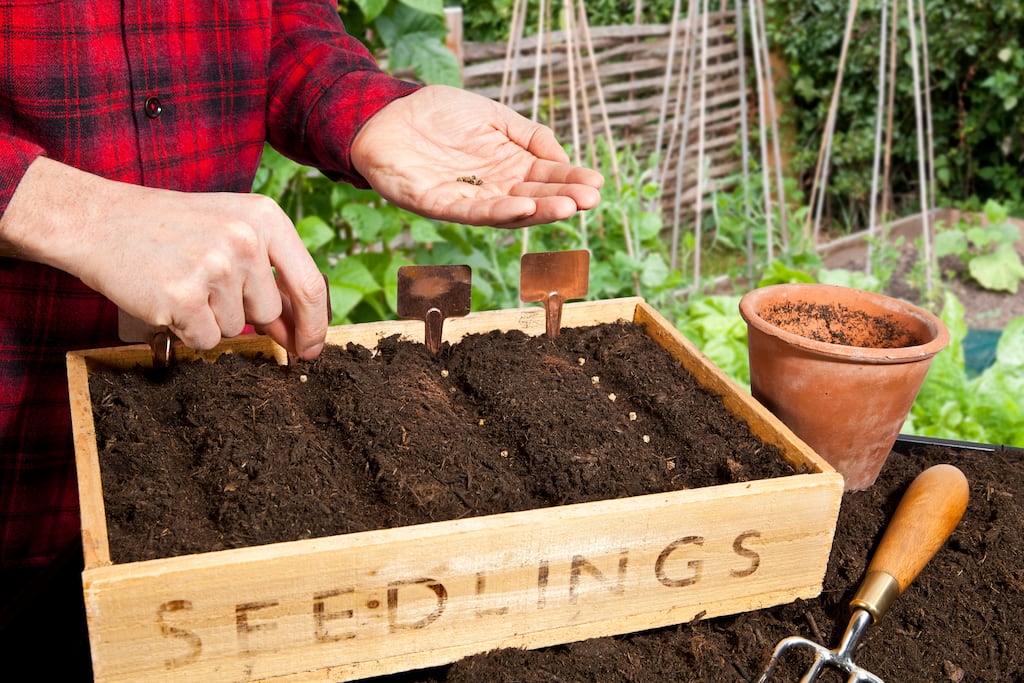Ask a meteorologist when spring officially begins and they’ll tell you March 1st. Ask an astronomer and they’ll point to the spring equinox of March 21st, while for others, it will always, always, always be February 1st no matter what the weather. Ask a gardener, however, and they’ll almost certainly take a more personal approach.
It might, for example, be the sight of the first daffodil in flower, or the always-joy-inducing sound of a queen bumble bee emerging from winter hibernation to industriously forage for food. Or maybe it’s the distinctive scent of damp, sun-warmed soil released just after a rain-shower or after freshly digging the ground (in this case you’re smelling what’s technically known as “geosmin”, a soil-based compound to which the human nose is so acutely sensitive that it can detect it at a concentration of 100 parts per trillion).
Yet despite our more nuanced approach, do gardeners sometimes still get it wrong? Absolutely we do, which is why the more seasoned among us have slowly but surely learned from bitter experience to err on the side of caution when it comes to this tricky time of year. There is, after all, nothing quite like the chastening sight of a tray of light-starved, lanky, frost-burnt seedlings to induce feelings of deep regret and remorse at having jumped the gun by a few weeks. All of that said, there are still some things that will always benefit from an early start.
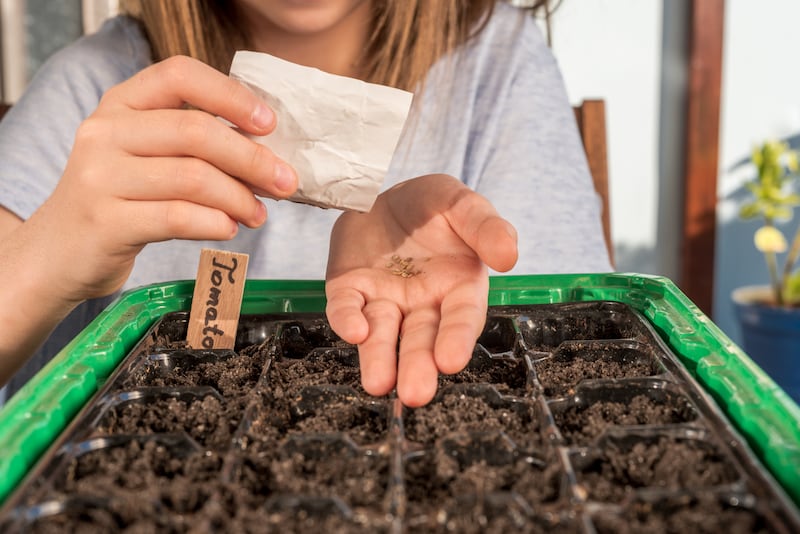
The second half of February, for example, is an excellent time to sow seed of tomatoes in a heated propagator or warm, bright room, making sure to move them to a very bright, slightly cooler but still warmish, draught-free spot as soon as they germinate. Seed of other heat-lovers such as chilli peppers, sweet peppers, and aubergines can all be treated in the same way, as can seed of broccoli, leeks, onions, celery and celeriac, the delicious root-like vegetable that’s notoriously slow to reach a size suitable for cropping.
Along with the above, peas, beetroot, lettuce, radish, Brussels sprouts, summer and autumn cabbage, broad beans and kale can be sown into trays, modules or root trainers (best for deep-rooting species) in a bright, cool but frost-free space for transplanting out into the garden in later spring. This is also the time to chit seed potatoes, spacing the tubers out in a shallow box or tray lined with newspaper and then placing it in a bright, cool room to encourage their “eyes” to sprout.
Along with all good Irish garden centres, recommended seed suppliers for the above include greenvegetableseeds.com, giy.ie, mrmiddleton.com, fruithillfarm.com, quickcrop.ie, brownenvelopeseeds.com, theorganiccentre.ie, seedaholic.com and irishseedsavers.ie.
If you can offer the seedlings a bright, cool but reliably frost-free spot in a glasshouse, polytunnel, conservatory, front porch or even just a couple of bright windowsills in a cool but draught-free room, then late February is also a great time of year to sow seed of hardy ornamental annuals such as sweet pea (Lathyrus odoratus); larkspur (Delphinium consolida); English marigold (Calendula officinalis); corncockle (Agrostemma githago); honeywort (Cerinthe major); annual mallow (Malope trifida); and annual toadflax (Linaria morrocanna). The same goes for certain hardy annual herbs including dill (Anethum graveolens), borage (Borago officinalis), coriander (Coriandrum sativum) and chervil (Anthriscus cerefolium).
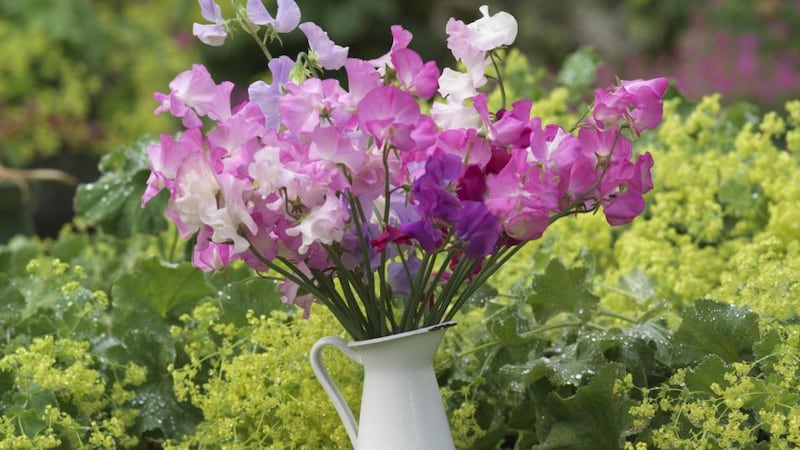
Many kinds of hardy ornamental perennials can also be successfully raised from seed sown at this time of year under cover and with gentle heat, including echinacea, achillea, catananche, echinops, eryngium, gaura and lupin. Along with good Irish garden centres, recommended suppliers include seedaholic.com, mrmiddleton.com, tuinzaden.eu, jelitto.com and fluffyflower.eu.
For best results, use a high-quality seed compost – I heartily recommend Klasmann’s peat-free version, available from quickcrop.ie, whitesagri.ie and fruithillfarm.com – along with some added fine-grade vermiculite to further encourage healthy growth.
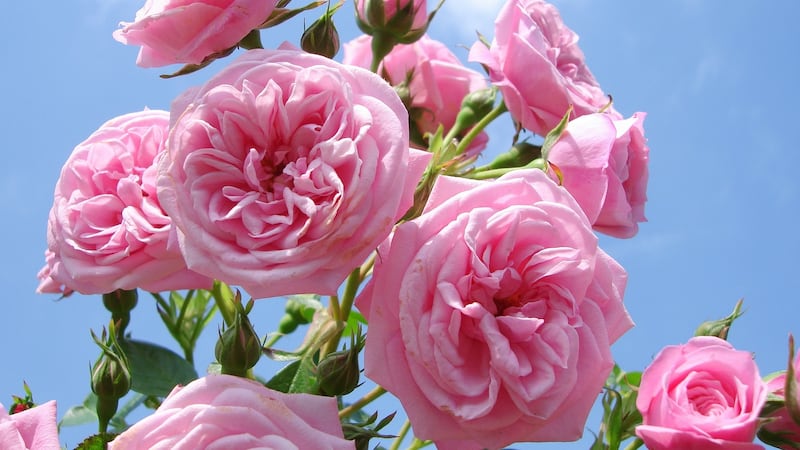
Seed-sowing aside, this is also traditionally a great time of year to get bare-root plants in the ground while the soil is still moist but beginning to warm up. Plant bare-root hedging, young ornamental trees, roses and varieties of fruit in the coming weeks and not only will you save yourself a small fortune, but you’ll also dramatically reduce the hard labour of excavating the larger planting holes required for container-grown specimens.
[ ‘Which climbing plants are best for an east-facing house wall?’Opens in new window ]
Add to that the fact that bare-root plants are easier and cheaper to transport as well as far kinder to the planet than container-grown plants (there’s no plastic pots, no use of peat-based composts) and it’s sometimes a wonder that we bother at all with the latter.
This is also the month to complete routine spring-pruning of fruit trees, fruit bushes, caned fruit, many kinds of roses, clematis (in particular, those belonging to what’s known as group three) as well as a wide range of deciduous summer-flowering shrubs. It might seem like tedious labour but it’s worth its weight in gold in terms of producing vigorous, healthy, floriferous plants that don’t get the chance to grow lean, leggy and over-large. For detailed pruning guides to particular species or varieties, check out rhs.org.uk.
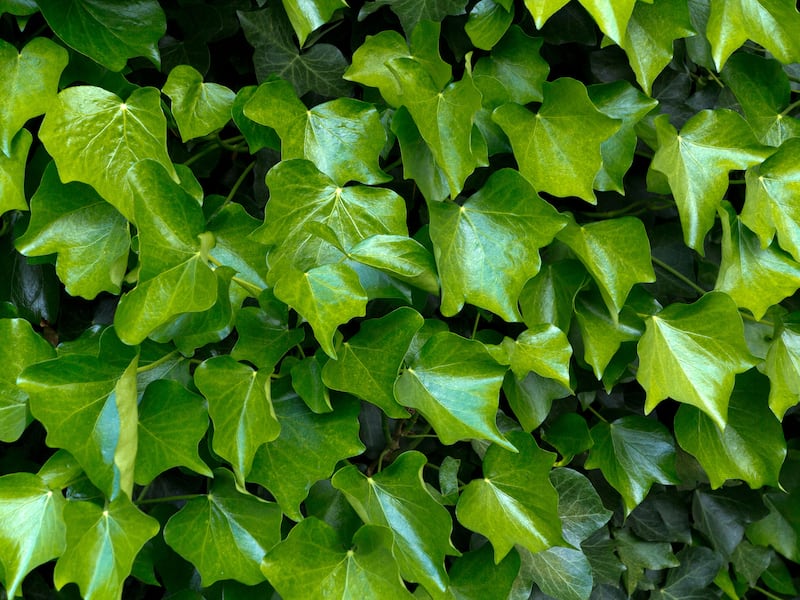
Some very vigorous kinds of climbers should also be pruned this month, including ivy (Hedera sp), wisteria, vines (Vitis sp), Boston ivy (Parthenocissus cuspidata), and Virginia creeper (Parthenocissus quinquefolia), especially if they’ve reached the point where they now threaten to obscure windows, engulf rainwater goods such as gutters and downpipes, or have stealthily pushed their way under roof slates.
Leave it any later and you’ll inevitably be too busy, a reminder that timeliness is everything when it comes to good gardening.
This week in the garden
Spread organic mulches around the base of young trees, shrubs, roses, fruit bushes and caned fruit to help support soil health and fertility, suppress weed growth and protect against drought and extremes of temperature.
Organise for garden machinery such as lawnmowers, strimmers, leaf-blowers and rotovators to be professionally serviced this month before the inevitable rush of the busy growing season starts. Otherwise you may find yourself in a long queue with a possible waiting time of several weeks or more.
Dates for your diary
March 8th, 2025, RHSI Bellefield Gardens, Shinrone, Co Offaly: Gardening for The Future, a hands-on, skills-based, one-day workshop offered jointly by the RHSI and the IGPS focusing on nurturing soil life, supporting plant health and planet-friendly new ways of gardening. rhsi.ie
